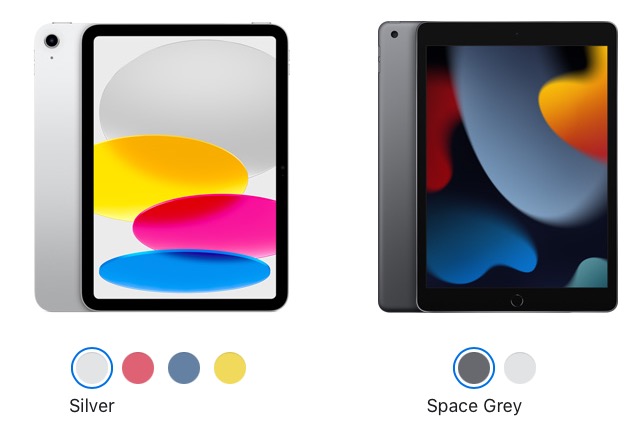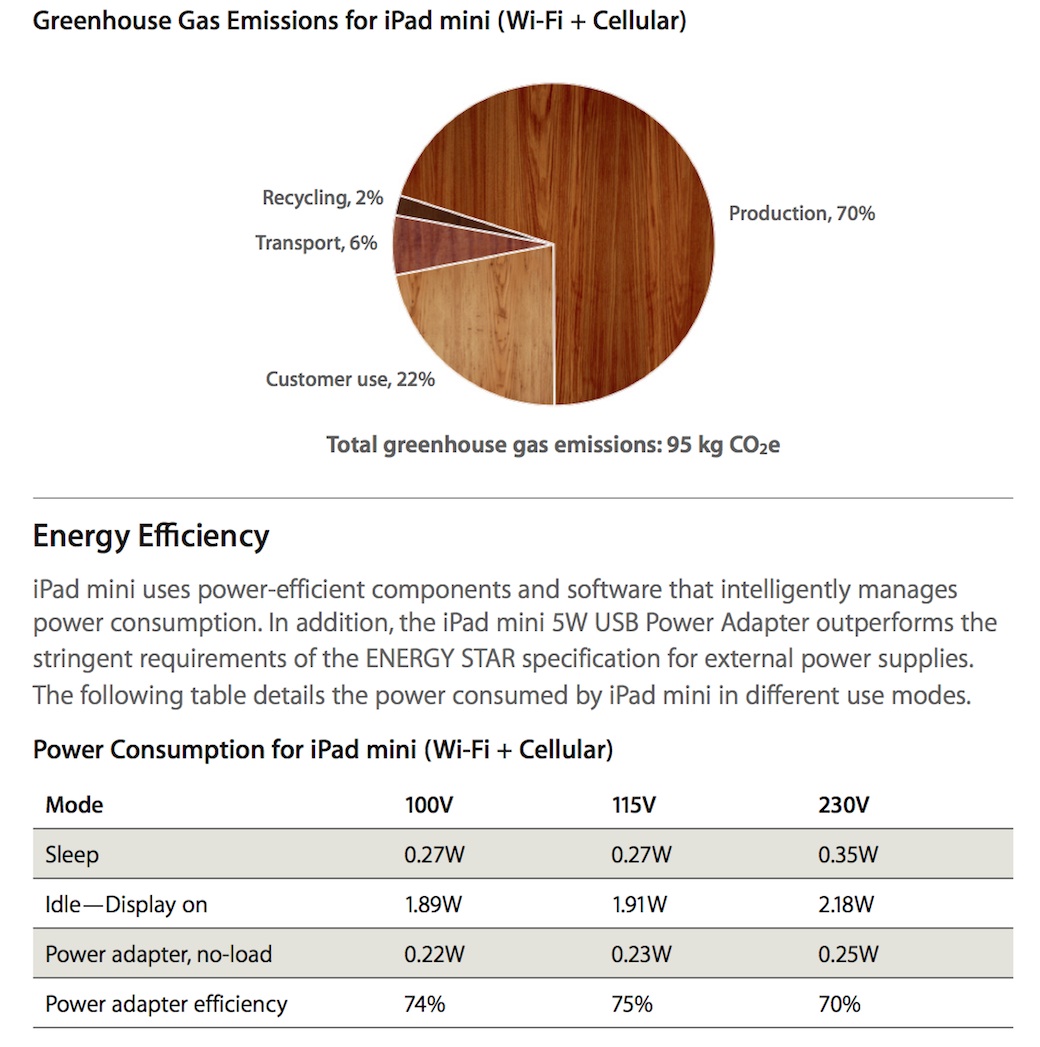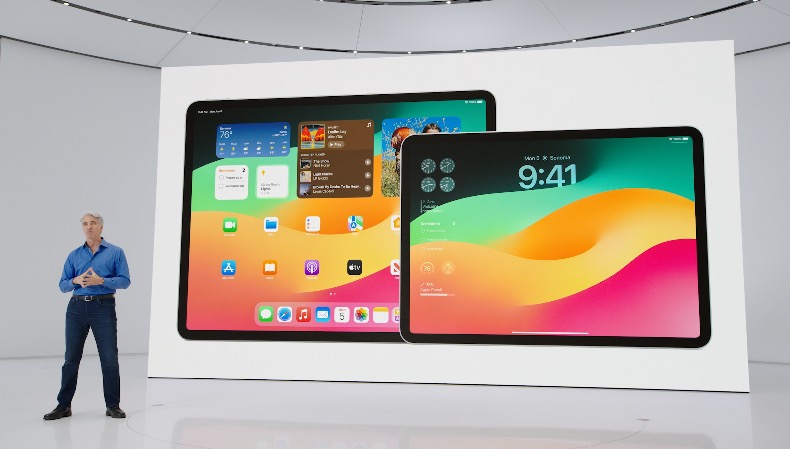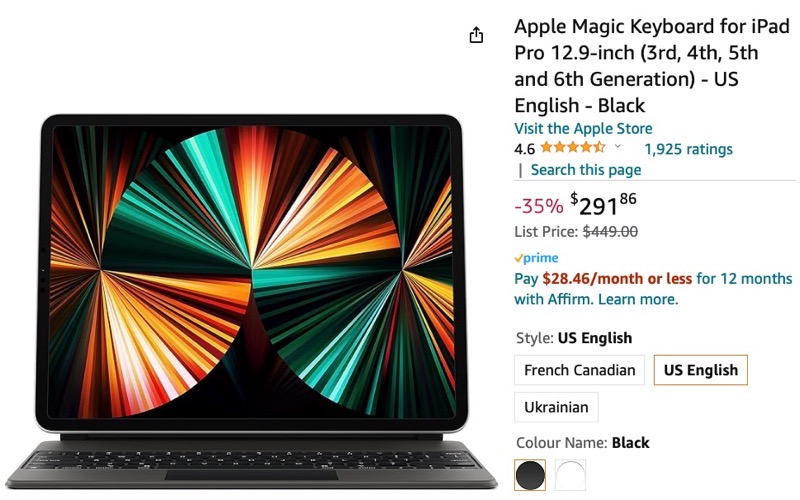
Apple Publishes iPad Mini Environmental Report
Apple has issued a comprehensive environmental report for the iPad Mini, highlighting the device’s environmental performance in relation to climate change, energy efficiency, material efficiency, and restricted substances.
According to the report, iPad Mini features arsenic-free display glass, mercury-free LED-backlit display, recyclable aluminum enclosure and a power adapter that outperforms strictest global energy-efficiency standards. Apple states that every feature of iPad Mini’s design helps to reduce environmental impact.
Apple has long taken a leadership role in restricting harmful substances from its products and packaging. As part of this strategy, all Apple products comply with the strict European Directive on the Restriction of the Use of Certain Hazardous Substances in Electrical and Electronic Equipment, also known as the RoHS Directive. Examples of materials restricted by RoHS include lead, mercury, cadmium, hexavalent chromium, and the brominated flame retardants (BFRs) PBB and PBDE. iPad mini goes even further than the requirements of the RoHS Directive by incorporating the following more aggressive restrictions:
• Arsenic-free display glass
• Mercury-free LED-backlit display • BFR-free
• PVC-free
Apple claims that it takes more than five iPad Minis in idle with the display on to equal the power consumed by a single 13W compact fluorescent lightbulb.
Full iPad Mini environmental report is available in .pdf format here.


